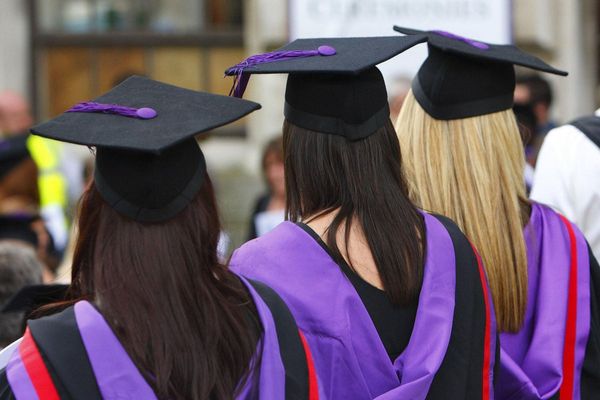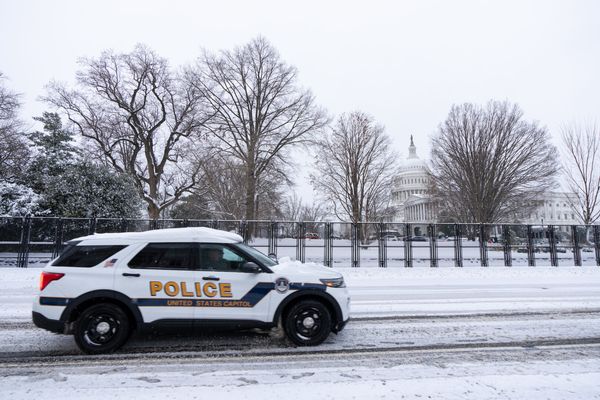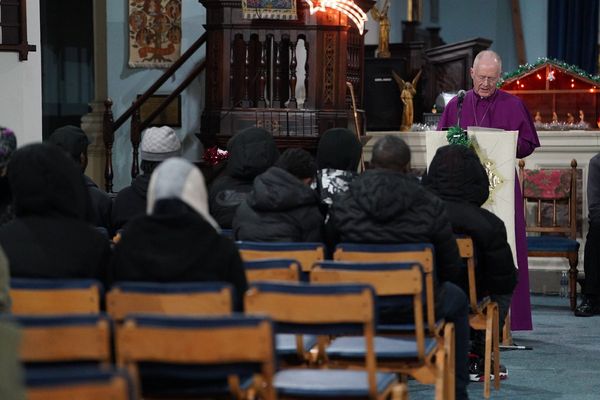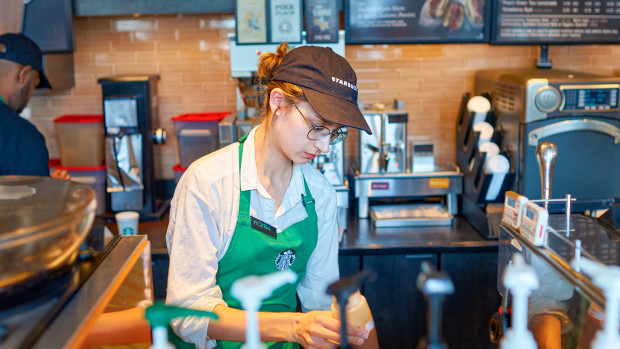
It's always a bother when you're running late to a meeting or appointment but you have to stop for coffee on the way. You seek out the closest Starbucks (SBUX) -) and open the door -- hoping against all hope that the line isn't too long.
Of course, though, it's a Starbucks and this is 2023. Of course the line is wrapped around the store.
DON'T MISS: Chick-fil-A Wants to Change How You Get Your Favorite Meal (Especially at Drive-Throughs)
Starbucks is acutely aware of this issue. Lines have grown since stores reopened. We've all grown tired of our coffee maker at home; there's something novel and refreshing about grabbing a cup of already-prepared coffee made specially for you out at a cafe.
Long lines make the experience chaotic for the consumer and crushing for the barista. Starbucks famously offers a great deal of customization for every order, and complicated demands plus high foot traffic equals a rough shift for anyone in the green apron.
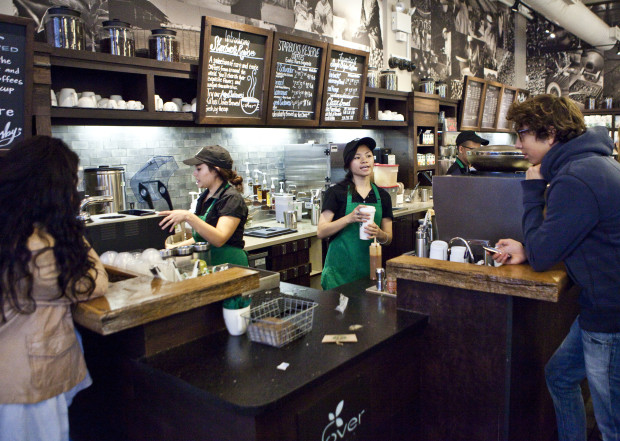
Barista Attrition Costs Starbucks and Frustrates Customers
A busy day is one thing. The compounding effect of busy days with little break, followed by demanding customers, is quite another. In 2022, fully 25% of Starbucks baristas quit their jobs within three months, compared to just 10% before the pandemic.
Those attrition numbers aren't just cautionary tales for prospective employees. They're also very costly to Starbucks' bottom line. It takes at least two to three weeks to learn the basics of being a Barista, and too many cooks in the cafe slows the efficiency of an already cramped and busy space.
Add to this the increasing efforts to unionize (as of June, 8,000 workers at over 330 Starbucks have voted to unionize) and Starbucks has a tinder box of potential problems on its hands.
Starbucks has been working on this, though. Asked by an analyst on Tuesday's Q3 2023 earnings call about Barista attrition and workload, CEO Laxman Narasimhan explained that the situation is turning around.
"There are meaningful improvements in the store environment, as well as the productivity gains that we're making," he said.
"And we're making strong progress on the scheduling and staffing basis. If you look on the retail team, barista turnover is down, as I said, 9% reduction versus previous year, a 2% reduction versus just the second quarter.
And what you see is the combination of investments, as well as the scheduling improvements that we're making, the economic proposition, the take-home pay to our baristas has improved by 20% year over year, and we have more improvements coming."
A 9% reduction in turnover is pretty impressive. Certainly, Starbucks still has a ways to go, but this suggests it's moving in the right direction, thanks in part to its automation efforts.
By 2026, Starbucks expects 40% of its stores to have its new Siren System, which helps make certain time-consuming processes quicker and alleviates Barista workload, especially during busy shifts. Some of these improvements include "a custom ice dispenser, milk-dispensing system and new, faster blenders all located within reach of a barista," according to Starbucks.
These improvements are expected to cut the average order time from, say, a Frappucino down from 87 seconds and 16 steps to 36 seconds and 13 steps.
Receive full access to real-time market analysis along with stock, commodities, and options trading recommendations. Sign up for Real Money Pro now.

